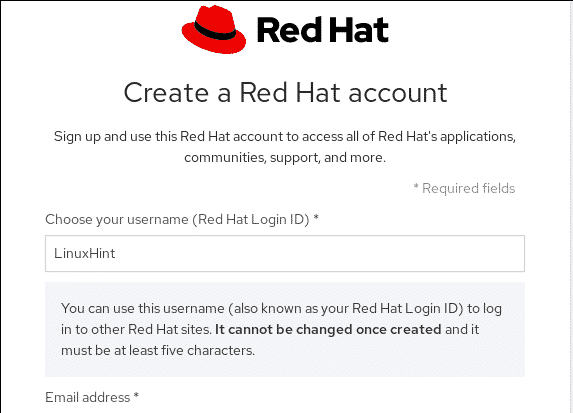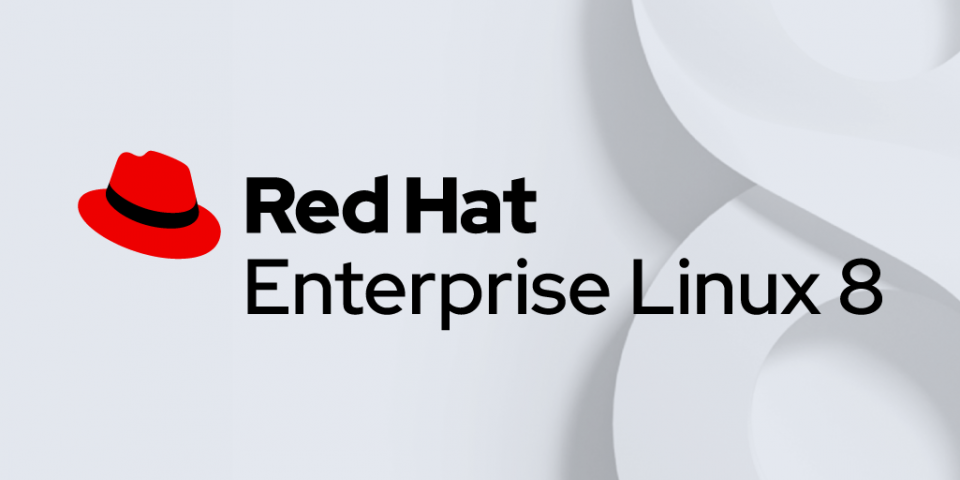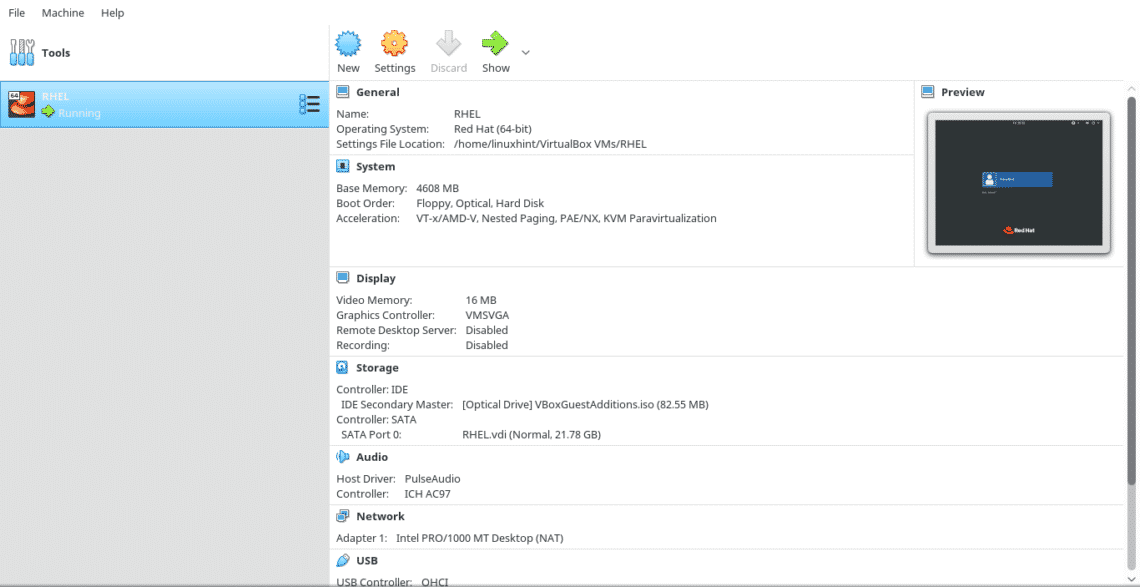

- Red hat linux iso image for virtualbox for free#
- Red hat linux iso image for virtualbox how to#
- Red hat linux iso image for virtualbox update#
- Red hat linux iso image for virtualbox software#
- Red hat linux iso image for virtualbox download#
Thereafter, head out to the RHEL 8 download page and download the RHEL 8 ISO file for free. Once done, proceed over to the Red Hat Login page to complete your profile by providing other details such as your local address. To download the RHEL 8 ISO image at no cost at all, head over the Red Hat developer program and create an account.
Red hat linux iso image for virtualbox how to#
In this guide, you will learn how to download RHEL 8 ( Red Hat Enterprise Linux) for free, install it on your PC and later on enable free annual subscriptions.
Red hat linux iso image for virtualbox for free#
The good news is that you can download RHEL 8 for free and enjoy free annual subscriptions at absolutely no cost! Cool right? With this task complete, you can make your base image-if desired-and begin the rest of the configuration.Chances are that you might have heard that RHEL 8 comes at a cost and because of that, you might have opted to go for CentOS 8 instead. Always use the most conservative settings for any installation to minimize possible attack vectors. The type of system, software, and security you select during installation is largely dependent on the system's purpose, line of business, and location within your network.


Fortunately, SELinux, IPTables, and firewalld are all in place to help protect you upon first boot. This final step is very important: You need the latest security patches and updates so that your new network-connected system is not vulnerable to exploits due to outdated software.
Red hat linux iso image for virtualbox update#
To update, you'll need to register your system with Red Hat and then issue the update command: $ sudo yum -y update The yum command is the traditional method of updating, which is now a symlink to the dnf command. The first thing you need to do immediately after is to update the system. Once that's finished, you can log in via the console, or across the network using the account you set up during installation. The next two screenshots show you all available options in this section:Īfter installation is complete, you're prompted to reboot the system. Make all of your selections and then click the Done button in the upper left of the screen to complete this stage. I prefer not to install some of the other tools here because I might not want all of the included tools and their dependencies on my system. Typically, I select Hardware Monitoring Tools and Performance Tools as a baseline system. The reason for this is that you can take a snapshot of your base installed system as a reference point before installing more packages for disaster recovery purposes. I suggest that you install everything that you want now rather than waiting until the system is installed and online. What you select in the right-hand window depends on your needs. They take up a lot of space and introduce potential vulnerabilities associated with the extra software. Note: I don't install a GUI on servers because the graphical interface and all of its components are not necessarily something I want on a server system.

My standard choice for RHEL is Server-for CentOS, I choose a minimal install and then customize with individual packages later.
Red hat linux iso image for virtualbox software#
Notice that the default for Software Selection is Server with a GUI, so you'll need to change that to Server, Workstation, Virtualization host, or Minimal installation. At a minimum, I suggest that you change the timezone to the one that matches your system's location. This screen gives you the opportunity to change any or all of the options shown. Start by downloading the latest RHEL 8 ISO from the customer portal or from Red Hat Developer, then begin the installation and follow along with the screenshots to explore your options.Īs soon as you boot to the ISO, USB, or DVD containing RHEL 8, you'll see the following screen: Note: This article covers Red Hat Enterprise Linux (RHEL) 8. dynamic IP address, base environment, environment add-ons, and security policies. a standard filesystem? Others are static vs. How large do you want your base filesystem to be? How many partitions do you want? Do you want separate mount points for certain directories? Are you going to configure a swap space? Do you want to use LVM vs. One of those things is your filesystem configuration. (A forehead install is one where if you fell asleep and your forehead hit the keyboard, the installation would begin, proceed, and finish without further interaction.) There are a few things you still need to know to optimize your installation. Linux has come a long way since those dark days, but we're not quite to a forehead install yet. Then, if you wanted a graphical user interface (GUI), you'd have to edit the XF86Config file and spend at least an hour tweaking video. It was a necessary part of the installation. Remember the first thing you did right after installing? If you said, "Recompile the kernel," you're correct. Depending on how long you've used Linux, you know that installation is easy but it hasn't always been.


 0 kommentar(er)
0 kommentar(er)
